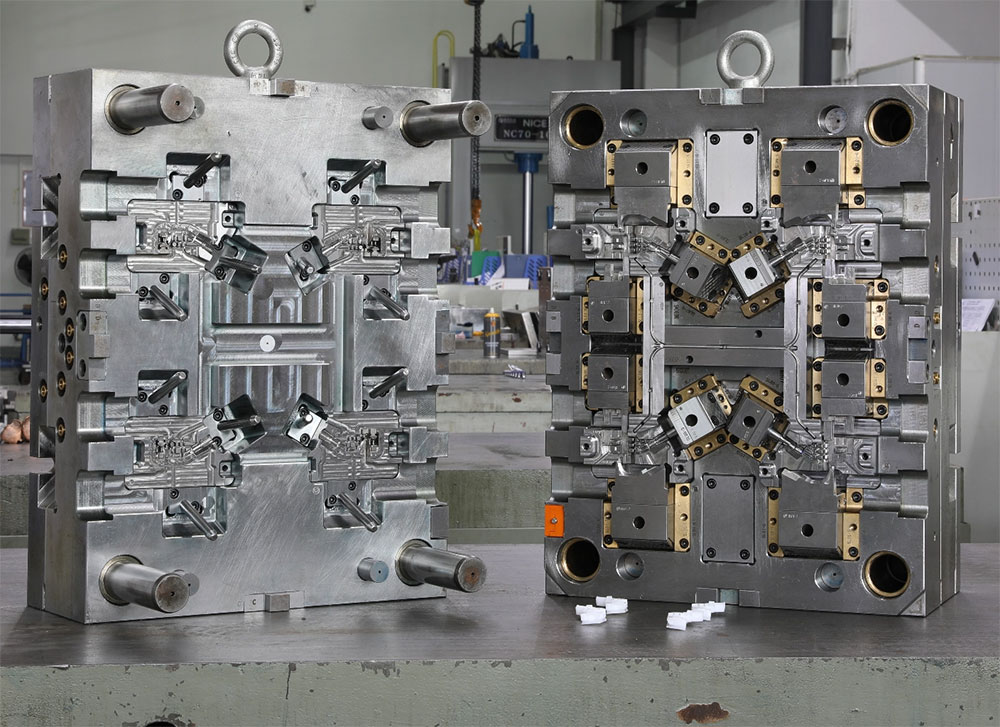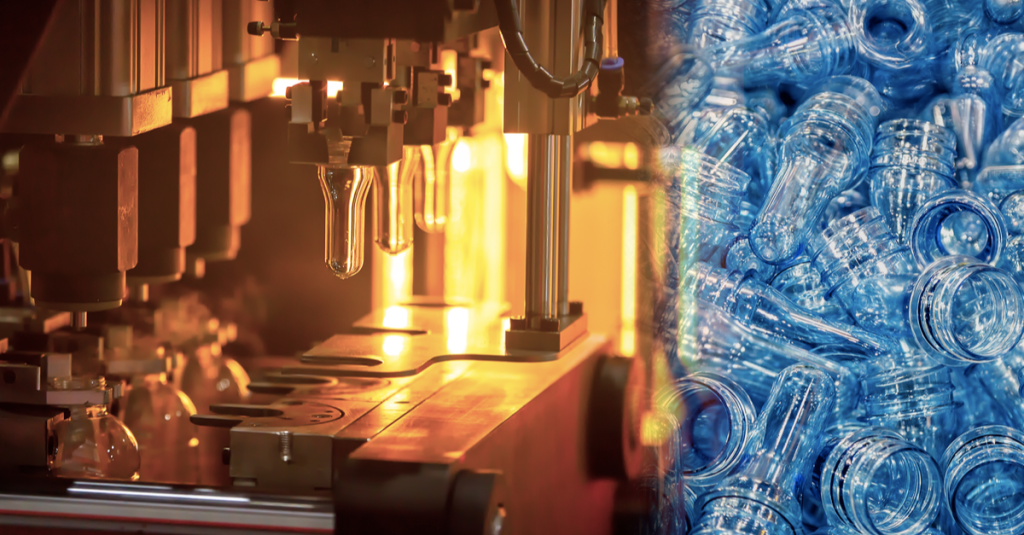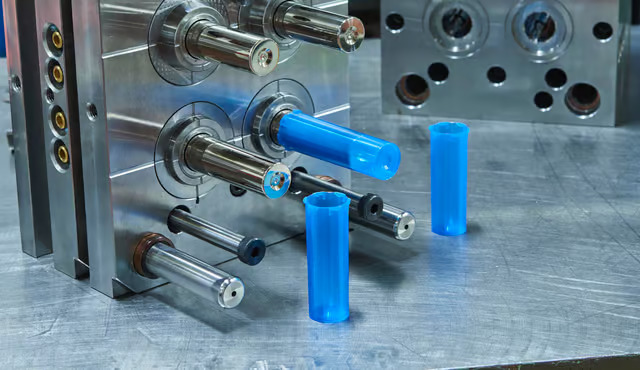
Tooling and mold design are pivotal components of the injection molding process, directly influencing the efficiency, cost, and quality of the final product. Molds act as the framework where molten plastic is shaped into precise, complex parts. A well-designed mold ensures repeatability, minimizes production defects, and supports high-volume manufacturing with tight tolerances.
Key Considerations in Mold Design
Part Geometry and Complexity
- The mold must accommodate the shape, size, and features of the part, including intricate details, undercuts, and surface textures.
- Multi-cavity molds are often used for high-volume production, enabling multiple parts to be produced in a single cycle.
Material Selection
- The choice of mold material, typically steel or aluminum, depends on production volume and material type.
- Steel molds are durable and suitable for long runs, while aluminum molds are cost-effective for prototyping or low-volume production.
Cooling System Design
- Cooling channels are strategically placed within the mold to ensure uniform cooling and prevent warping or shrinkage.
- Efficient cooling systems reduce cycle times and improve production efficiency.
Gating System
- The gate is the entry point for molten plastic into the mold cavity. Gate location and design impact material flow, filling, and final part quality.
- Common gate types include edge gates, sub-gates, and hot runner systems, each chosen based on the part’s requirements.
Ejection Mechanism
- Ejector pins, sleeves, or plates are integrated into the mold to remove the part without damage after cooling.
- The design ensures even ejection to prevent deformation.
Shrinkage Allowances
- Mold dimensions are adjusted to account for material shrinkage during cooling, ensuring the final part meets specifications.
Types of Injection Molding Tools
Single-Cavity Molds
- Designed to produce one part per cycle, ideal for low-volume or prototype production.
Multi-Cavity Molds
- Produce multiple identical parts in a single cycle, increasing efficiency for high-volume production.
Family Molds
- Designed to produce different parts simultaneously, often used for assemblies requiring multiple components.
Hot Runner Molds
- Use a heated system to keep material molten, eliminating the need for runners and reducing waste.
Cold Runner Molds
- Utilize solidified runners to deliver material to the cavities, typically more economical for smaller-scale production.
Tooling Process for Mold Design
Concept and Part Design
- The mold design begins with the part’s 3D model, considering factors like wall thickness, draft angles, and surface finish.
Mold Flow Analysis
- Simulation software predicts material flow, cooling patterns, and potential defects like air traps or weld lines, allowing for design optimization.
Tool Fabrication
- Precision machining techniques, such as CNC milling, EDM (Electrical Discharge Machining), and grinding, are used to create the mold.
Trial and Testing
- The mold undergoes trial runs to validate its performance, identify defects, and fine-tune parameters.
Maintenance and Longevity
- Regular maintenance, including cleaning and lubrication, ensures mold longevity and consistent part quality.
Challenges in Tooling and Mold Design
High Initial Costs
- Tooling can be expensive, particularly for complex molds. Modular and soft tooling options mitigate upfront costs for prototyping.
Design Errors
- Errors in mold design can lead to defects, increasing lead times and costs. Comprehensive testing and simulations reduce risks.
Material Wear
- Mold materials must withstand wear from high-pressure injection and abrasive plastics. Using hardened steel and surface coatings enhances durability.
Advancements in Mold Design and Tooling
Additive Manufacturing
- 3D printing enables rapid prototyping of mold components, reducing lead times and costs.
Conformal Cooling Channels
- Advanced techniques like 3D-printed molds allow cooling channels to conform to the part’s geometry, improving heat dissipation and reducing cycle times.
Automation Integration
- Automated systems for mold assembly and operation improve efficiency and consistency, particularly in high-volume production.
Smart Molds
- Sensors embedded in molds monitor temperature, pressure, and cycle times, enabling real-time quality control and predictive maintenance.
Applications of High-Quality Mold Design
Automotive
- Produces complex, durable parts like dashboards, bumpers, and door panels with precision.
Medical Devices
- Ensures sterile, high-tolerance production of parts like syringes, implants, and diagnostic equipment.
Consumer Electronics
- Facilitates the creation of intricate housings and components for devices such as smartphones and laptops.

